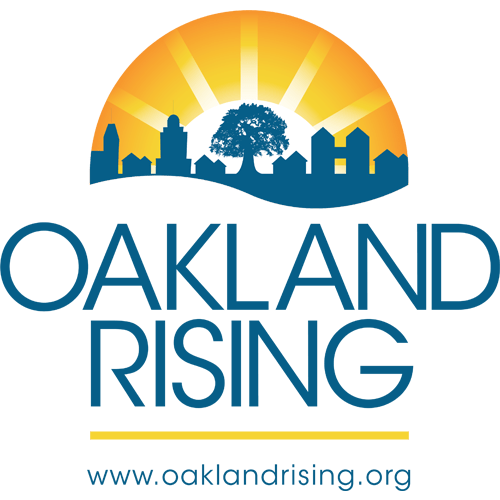After a two-month delay, Oakland’s Independent Redistricting Commission adopted its new map at the end of February. It incorporates much feedback from our communities and ensures that representation for our Black, Latine, and API communities is strengthened rather than diluted. The modifications ensure equity for all the flatland residents of Oakland and allow for more funding to flow to our poorest and underserved communities. It also provides better political representation for each district – one that prioritizes and serves the best interests of its constituents.
We thank everyone who participated in the process to ensure fair representation of our unhoused, poor, working-class, Black, Indigenous, neighbors of color in the new districts. Our multi-month series of weekly virtual townhalls reached 1,079 people and we had 496 viewers of our Monday Meals conversations about redistricting. As part of our commitment to language and access justice, townhalls included Spanish, Chinese and ASL interpretation. We also held a workshop at a mutual aid event in the Fruitvale District with our partner, the Ella Baker Center for Human Rights, which included one-on-one mapping sessions with community members.
Oakland’s new map moves many residents to new districts, increasing the citizen voter age populations (CVAP) for Black/Latine/API voters across the districts. Changes will impact who is representing us on City Council and the Oakland Unified School District (OUSD) Board. Some of the most pressing shifts that the new district lines bring include:
- D1 will have a higher percentage of Black voters as a large portion of the hills where more white and affluent residents live will shift from D1 to D4.
- Lake Merritt will have better access to resources to address the many needs of the area as it will now be represented by three different districts with a portion still remaining in D3, and Adams Point being cut into D1 and D2.
- D2 now includes some of Jack London Square and Brooklyn Basin, shrinking the size of D5.
- Glenview is no longer in D5 meaning current OUSD Board School Member, Mike Hutchinson, is now in D4. He can either run for the open D5 seat or stay in his current seat until the term ends.
- Oak Knoll & King Estate area changes from D7 to D6. This shifts the percentage of Black voters in D6 while not effectively changing it for D7.
- The Coliseum is now represented by D7 instead of D6. There was much debate around the economic force that the Coliseum could bring to a district but what is critical to continue watching is the increased risk of Black residents being displaced and pushed either onto our streets or out of the city.
I covered some of the major changes which have created a huge political stir in a recent Monday Meals discussion with Elena Serrano from Eastside Arts Alliance. Listen to our conversation about the immediate impacts of the new district lines on our current political landscape, and how it could shift electoral power in the flatlands in future elections.
